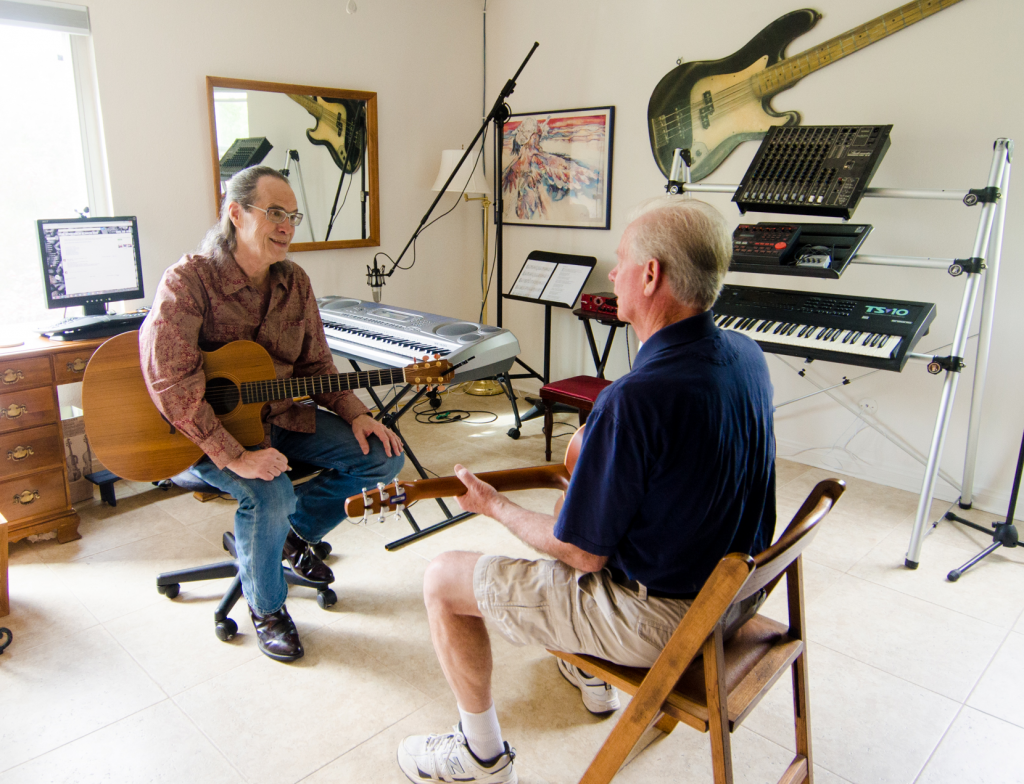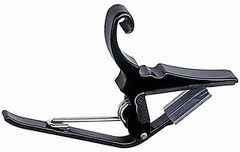One of the most important attributes that a good guitar student needs to have is an understanding that hard work pays off. They need to be an action taker and less of a day dreamer. While I believe having a dream, a strong vision of what you want is really important, spending a lot of time fantasizing about that dream instead of actually doing the necessary things to make it come true is counterproductive.
So whether this surprises you or not, one of the groups of best guitar students is successful business people. These have historically been among my fastest developing and most successful guitar students. And let me tell you why I think that is.
Most of the business people who have come to me for lessons over the years have roughly the same story. They had a love affair with the guitar in their teens but didn’t have the opportunity to follow through with it. They absolutely love music; it’s a big part of their life. They may have even played guitar as a teen, but through no fault of their own, didn’t get good enough fast enough. Maybe they didn’t hang out with a group of people who also valued and played music. Maybe their parents didn’t support the idea of them playing. Or maybe they just never found the right guitar teacher.
Whatever the reason, life happened. They graduated High School and went to college. There was a lot of pressure to succeed. They wanted to develop a successful career and they invested their time in becoming doctors, lawyers, architects, psychologists, and many other professional endeavors. Many did things with their hands and became land developers or construction contractors. Still others had the entrepreneurial spirit and developed exciting product ideas and built successful companies and sales organizations around those products.
Whatever the path, it always seems to have played out in a similar way. They met their spouse in college or soon after, got extremely successful in their business, and raised a family. But another important thing also happened…they never shook that deep-rooted feeling of wanting to play the guitar, to express themselves through music.
So fast forward several years, and that successful business person has finished raising their kids and has some time on their hands, and that dream, that vision of playing the guitar is staring them right in the face. A good number of them seize the moment, do some research, buy a guitar, and set out to learn to play. In most cases, the success that they have had in business was a result of a great education or a mentor or developmental coach or consultant. These people understand that they can accelerate their learning curve by seeking out a great guitar teacher to guide and direct them in their process.
They know that just about everything that they achieved in their careers was well earned and was a result of hard work and effort. Of course, it’s going to be the same way with learning to play the guitar, and that’s why these “late bloomer” successful business people types are such great students. They seem to know that they will get out of the process only as much as they put into it.
And the truth is that there is a one to one correlation between practicing and becoming accomplished on the guitar. These people go after what they want, and they really enjoy it while they’re going after it. There really is a great deal of pleasure in the process and fruit on the tree as a result of learning and practicing.
If any of this sounds like you, only instead of seizing the day, you’re still sitting on the fence wondering if all this is really possible, I’m here to tell you that by grouping, these successful business people have the highest percentage of success playing the guitar among all my students for as long as I’ve been teaching. If you want it for yourself, you’ll have to begin the process, and I assure you, opportunities to learn and grow on the guitar are all around you.








